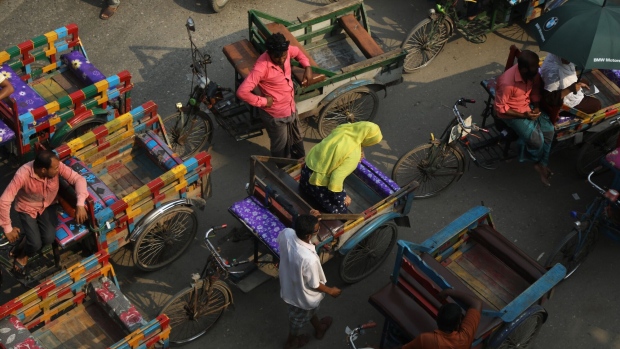, Bloomberg News

(Bloomberg) — The International Monetary Fund flagged risks to the Bangladesh economy such as inflation, growth and foreign reserves as it concluded its mission under the $4.7 billion loan program.
“Persistent inflationary pressures, elevated volatility of global financial conditions, and slowdown in major advanced trading partners continue to weigh on growth, foreign currency reserves, and the Taka,” according to a press release from the IMF following the conclusion of the staff team visit on May 7.
The IMF will conduct the first review of its Extended Credit Facility, Extended Fund Facility and Resilience and Sustainability Facility arrangements later this year, the press release said.
Reserves are expected to fall to $29.86 billion, the lowest in seven years, after import bill payments for two months next week.
Exports fell 16.5% to $3.95 billion in April from a year earlier as orders from clothing retailers slowed. Inward remittances that help the country’s balance of payments declined 16% year-on-year to $1.68 billion in April.
In February, Bangladesh received $476 million as the first installment of the IMF loans, while the disbursement of the second tranche is expected in November.
Bangladesh highlighted a more flexible exchange rate and reforms to banks’ lending rate to the IMF team, which visited the country from April 25 to May 7.
Banks will be allowed, starting in July, to set their lending rates at a maximum of 3% above the six-month weighted average rates for Treasury bills. The rate corridor, a key IMF condition, replaces the 9% cap on the lending rate.
©2023 Bloomberg L.P.









